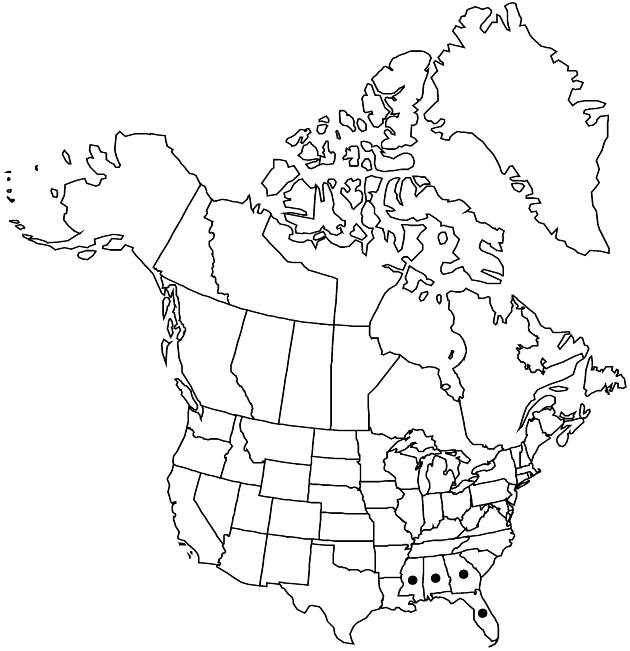familyAsteraceae
genusHelianthus
speciesHelianthus debilis
subspeciesHelianthus debilis subsp. tardiflorus
Difference between revisions of "Helianthus debilis subsp. tardiflorus"
Madroño 13: 154, figs. 5, 6. 1956.
Endemic
Synonyms: Helianthus debilis var. tardiflorus (Heiser) Cronquist
imported>Volume Importer |
imported>Volume Importer |
||
| Line 53: | Line 53: | ||
|publication year=1956 | |publication year=1956 | ||
|special status=Endemic | |special status=Endemic | ||
| − | |source xml=https:// | + | |source xml=https://bitbucket.org/aafc-mbb/fna-data-curation/src/2e0870ddd59836b60bcf96646a41e87ea5a5943a/coarse_grained_fna_xml/V19-20-21/V21_353.xml |
|tribe=Asteraceae tribe Heliantheae | |tribe=Asteraceae tribe Heliantheae | ||
|subtribe=Asteraceae (tribe Heliantheae) subtribe Helianthinae | |subtribe=Asteraceae (tribe Heliantheae) subtribe Helianthinae | ||
Latest revision as of 20:11, 5 November 2020
Stems erect, glabrous or sparsely hispid. Leaf blades 5–9(–10) cm, margins usually deeply, irregularly serrate, abaxial faces densely gland-dotted. Peduncles 10–25 cm. Ray laminae 14–16(–20) mm. Discs 14–15 mm diam. 2n = 34.
Phenology: Flowering spring–fall.
Habitat: Sandy beaches
Elevation: 0–30+ m
Distribution

Ala., Fla., Ga., Miss.
Discussion
Selected References
None.
Lower Taxa
None.